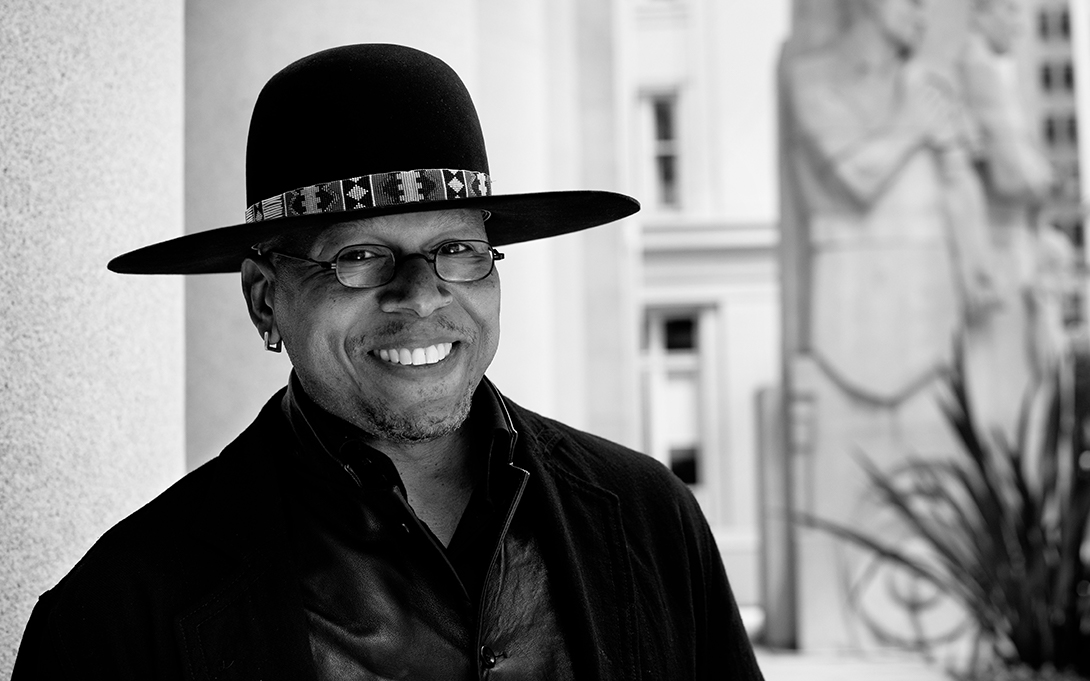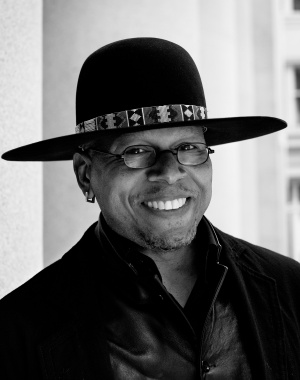
On the U-M Creative Currents podcast, Ford School professor Christian Davenport joined artist Rick Lowe, curator Abigail Winograd, and social scientist Kate Cagney about art as a catalyst for social exploration, change, and collective storytelling. They discussed the project they are currently working on called the Black Wall Street Journey project.
Lowe explained his journey to begin working in art by saying, "I decided that what I was really driven by from my early childhood was the issue of social justice. I've always been interested in that." That work, to him, means "trying to reshape how people see things, and how we think about things and the narratives around things."
Lowe also discussed his work in Houston, Texas, called "Project Row Houses," which he also worked on with Professor Christian Davenport. This started their lifelong friendship and has led to the class they currently teach together at Michigan. Davenport says the goal of the class is to create and discover "different ways of thinking about this particular phenomenon and let's use the class to kind of articulate in that, some kind of artistic explosion, let's do every different way of trying to communicate what we are seeing in terms of black progress and use that kind of rainbow of options and concepts to enliven a broader conversation."
In their class, Davenport says they "are bringing more people into the conversation, into the art," and that this interdisciplinary work "works well in Michigan." Lowe also explained how the work they are doing, "something with a symbolic gesture is having that kind of domino effect."
Winograd, who is an independent curator working alongside them, said that her independence from institutions has "allowed me to see things through to the end or to the middle or to wherever we are in the process of things and to really let go of expectations of what the end is going to look like," and to work more closely with artists like Lowe and Davenport.
Winograd also explained how they "are asking the students to both produce work that will be part of that exhibition and think through what that exhibition will look like."
Lowe said it "took about half the semester to finally get them to realize when I was asking questions" that "I was really looking for them to give their input, and that really opened things up." Winograd explained that there will be an "installation in the Stenn gallery at UMMA" winter of 2026.
